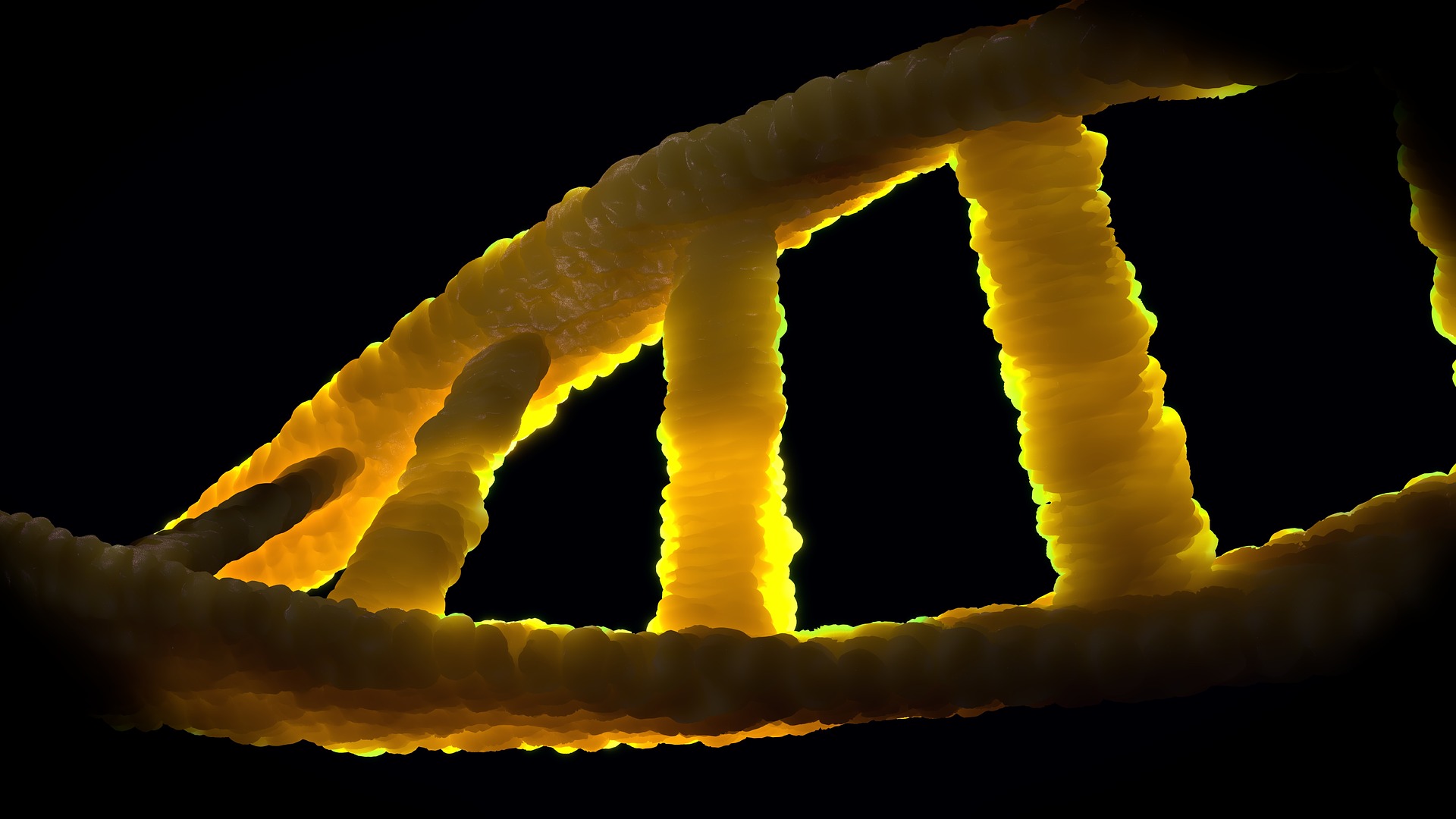
Over time, researchers are gaining more clarity about which genes are involved in which conditions, and vice versa. One of these researchers is Prof. Dr. Miikka Vikkula (one of our advisors). He has developed and maintains a timeline that links specific genes (potentially) to certain vascular malformations.
Miikka Vikkula is also one of the authors of an article on this subject, published in 2024 in the Orphanet Journal of Rare Diseases, titled “Assessment of Gene–Disease Associations and Recommendations for Genetic Testing for Somatic Variants in Vascular Anomalies by VASCERN-VASCA.”
Below is a summary of this article.
Vascular anomalies are abnormalities of the blood vessels that can range from small, harmless issues to complex syndromes. These conditions are often caused by somatic (non-inherited) genetic changes that occur after birth. Advances in genetic technologies have made it possible to better understand these changes, improving diagnosis and treatment options.
| Gene | Associated diseases | Proof |
|---|---|---|
| AGGF1 | Klippel-Trenaunay | None |
| AKT1 | Proteus syndrome | Definitive |
| AKT3 | CMTC variant (w/o (hemi)megalencephaly) or CM (with LM?) with hypertrophy | Strong |
| ARAF | CCLA | Limited |
| BRAF | Arteriovenous malformation | Strong |
| BRAF | (Macrocystic) Lymphatic malformation | Moderate |
| BRAF | Pyogenic granuloma | Strong |
| CBL | Kaposiform lymphangiomatosis | Limited |
| GJA4 | Cutaneous venous malformation (cavernous histology) | Moderate |
| GJA4 | Hepatic hemangioma | Strong |
| GNA11 | Capillary malformation w/o overgrowth | Definitive |
| GNA11 | Sturge-Weber syndroom | Strong |
| GNA11 | Congenital hemangioma | Strong |
| GNAQ | Capillary malformation w/o overgrowth | Definitive |
| GNAQ | Sturge-Weber syndroom | Definitive |
| GNAQ | Congenital hemangioma | Definitive |
| GNAS | Vascular malformations (any type) | None |
| GNB2 | Sturge-Weber syndroom | Limited |
| HRAS | Vascular malformations (various types) | Strong |
| IDH1 | Maffucci syndrome | Definitive |
| IDH1 | Spindle cell hemangioma | Definitive |
| IDH2 | Maffucci syndrome | Strong |
| IDH2 | Spindle cell hemangioma | Strong |
| KRAS | Sporadic arteriovenous malformation | Definitive |
| KRAS | Gorham-Stout disease | Moderate |
| KRAS | Epitheloid hemangioma | Limited |
| MAP2K1 | Arteriovenous malformation | Definitive |
| MAP2K1 | Epitheloid hemangioma | Strong |
| MAP3K3 | Verrucous venous malformation | Strong |
| MAP3K3 | Cerebral cavernous malformation | Definitive |
| NPM1 | Maffuci syndrome | None |
| NRAS | Vascular malformations, low flow, various types | Limited |
| NRAS | Kaposiform lymphangiomatosis | Definitive |
| NRAS | Pyogenic granuloma/tufted angioma | Limited |
| PIK3CA | PIK3CA-related overgrowth spectrum | Definitive |
| PIK3CA | Lymphatic malformation | Definitive |
| PIK3CA | Common venous malformation | Definitive |
| PIK3CA | Megalencephephaly-capillary malformation-polymicrogyria | Definitive |
| PIK3CA | Generalised lymphatic anomaly | Strong |
| PIK3CD | Lymphatic malformation | Limited |
| PIK3R1 | Capillary malformation, dilated veins, (mild) overgrowth +/- lymphatic malformation | Strong |
| PTPN11 | Capillary malformation w/o overgrowth | Strong |
| TEK | Common venous malformation | Definitive |
| TEK | Blue Rubber Bleb Nevus syndrome | Strong |
| TEK | Multifocal sporadic venous malformation | Strong |
A team of European experts identified 24 key genes linked to vascular anomalies. They evaluated how strongly each gene is associated with specific conditions. These findings provide a foundation for accurate genetic testing and targeted therapies.
This study outlines recommendations for genetic testing to help diagnose vascular anomalies. It emphasizes the importance of focusing on specific genes and provides insights into how labs can standardize their testing methods for better results.
For reliable genetic testing, DNA should be taken from affected tissue (such as through a biopsy). Advanced techniques like deep sequencing and digital PCR are critical to detecting even small genetic changes.